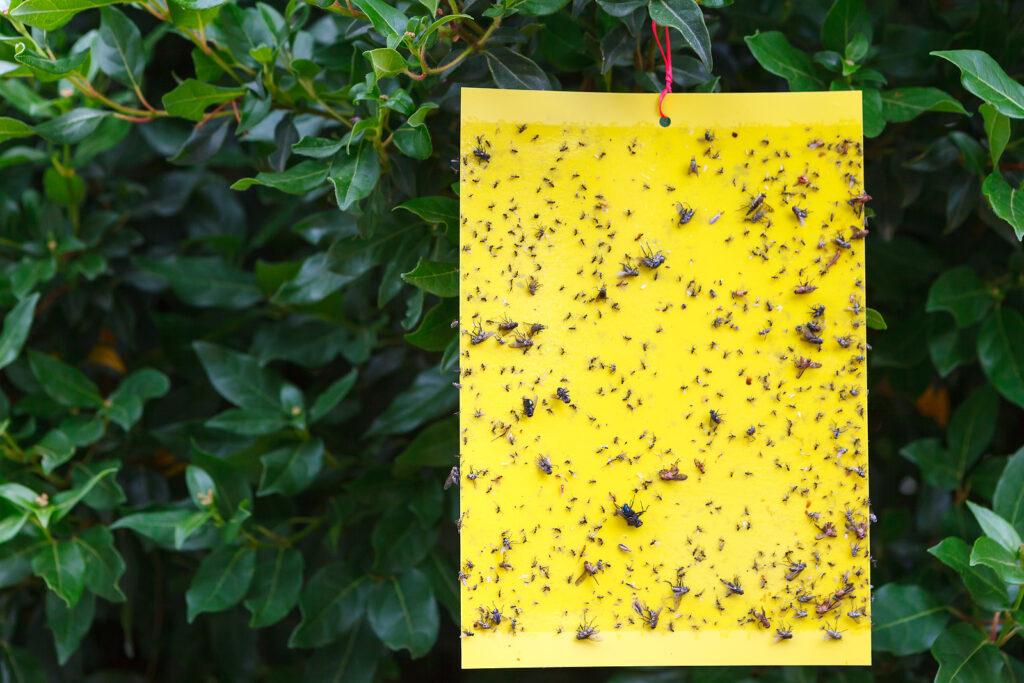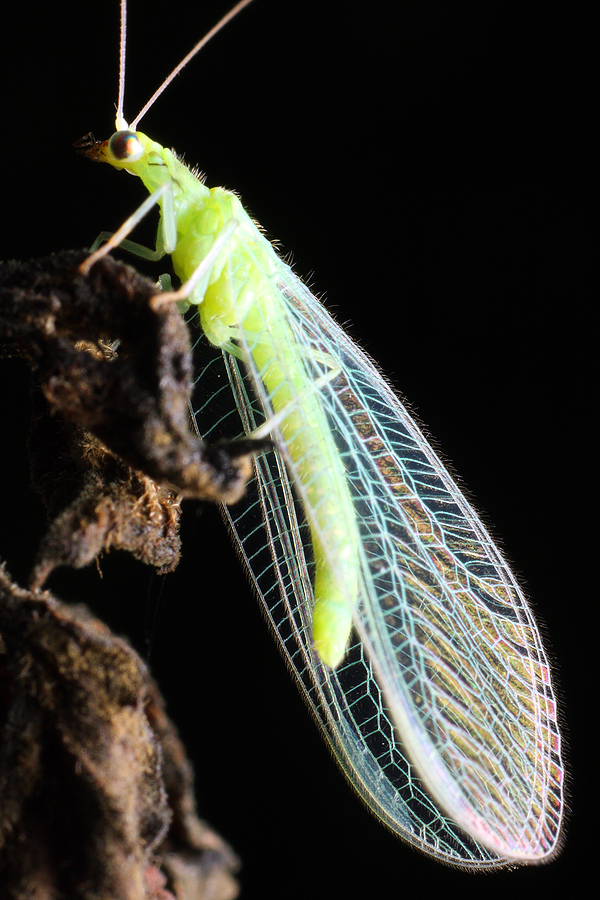There are natural, organic ways to control pest and disease problems in the garden. These techniques have proven effective over hundreds and even thousands of years.
Today these techniques are often called Integrated Pest Management (IPM) or Organic Pest Management (OPM).
Fundamental to IPM or OPM is close observation—meaning getting into the garden often. Early recognition that a plant is stressed will allow you to take one or several steps to keep pests and disease in check.
Most natural or organic method gardeners are willing to tolerate some level of pest or disease damage in order to avoid using more toxic synthetic controls. The trade-off is a healthier garden and a healthier overall environment
10 natural techniques to slow and even halt garden pests and diseases
1. Choose the best site and soil for the plants you are growing. This will reduce plant stress and susceptibility to disease and pests. Too much or too little sun, water, shade, and fertilizer can stress plants. Choose the sun exposure the plants you are growing require, then make sure the soil is as good as it can be. Add aged compost manure planting beds to deliver all essential plant nutrients naturally. Compost-rich soil is well-draining while holding soil moisture. Apply a 2-inch (5cm) layer of aged compost to your garden twice a year.
2. Choose pest and disease resistant plant species or varieties. Check seed packets and plant labels for pest and disease and resistance. Seed grower catalogs and websites will not a plant’s pest and disease resistance. Choose plants that have natural resistance. choose plants that grow well in your climate and region. In the garden mix plant families together to create diversity. Avoid growing mono-crops or plants of one single species; this allows pests and diseases to zero in on your garden and attack multiple plants at once. Growing plants from differing plant families together can slow the rapid spread of pests or diseases that attack specific plant groups. Keep a garden notebook; note problems and successes for future reference.
3. Prune or pinch to remove damaged and diseased leaves and branches. Pruning and pinching not only remove diseased or pest-infested plant material from the garden, but it will also increase light and air circulation in the garden. Remove dead and diseased plants or pest-infested plant material from the garden immediately.

4. Trap insects with lures—both visual and olfactory. For example, yellow sticky boards will control cucumber beetles, whiteflies, cabbageworms, and thrips; the yeast in shallow pans filled with beer will attract snails and slugs. Rolled, damp newspaper will attract earwigs. Check these traps each morning; destroy the pests you catch.
5. Keep the garden clean of plant debris. Pest insects often hide or shelter in dropped or dead leaves. Turn the soil in the fall or between plantings to expose pest larvae to the elements.

6. Handpick insect pests off plants. Handpick slugs, snails, caterpillars, large adult insects, egg masses; drop these pests into soapy water. Shake very small insects from plant leaves onto a piece of paper and dispose of them.
7. Use pest barriers such as floating row covers or sticky bands or copper strips to exclude pests from plants and planting beds. A “collar” or ring of tar paper or cardboard pushed into the soil around a plant will deter cutworms and slugs from attacking young plants.

8. Encourage beneficial insects to take up residence in the garden. Release lady beetles, lacewings, spined soldier beetles, praying mantis, or trichogramma wasps to help control pest insects. Grow plants that will provide nectar and pollen for beneficial insects; many beneficial insects are attracted to the herbs dill, caraway, fennel, spearmint, and lemon balm.
9. Bacteria, fungi, or viruses—infectious microorganisms—can be used to injure or kill some garden insect pests. The most commonly used microbial insecticide is Bacillus thuringiensis (Bt) a species of bacteria that produces a toxin poisonous to many common insect pests. Check with a local nursery or garden center for microbial insecticides.
10. Most insect pests can be controlled with relatively nontoxic sprays. A forceful spray of water from the garden hose is one of the easiest ways to dislodge pests such as aphids or whiteflies from plant leaves. Insecticidal soaps, horticultural oils, and insecticides made from plant extracts such as neem, pyrethrum, or sabadilla are natural alternatives to synthetic pesticides.















